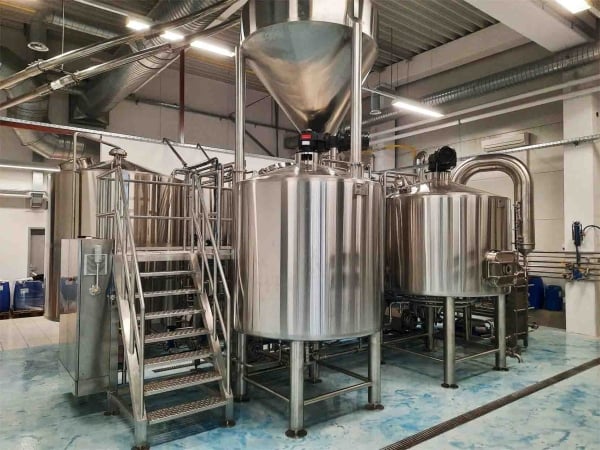Best At Home Brewing Equipment
Overview of Home Brewing
Home brewing is a rewarding and enjoyable hobby that allows beer enthusiasts to craft their own unique brews. With the right equipment and ingredients, you can create high-quality beer right in your kitchen or garage. Whether you’re a beginner or an experienced brewer looking to refine your craft, choosing the right brewing equipment is essential.
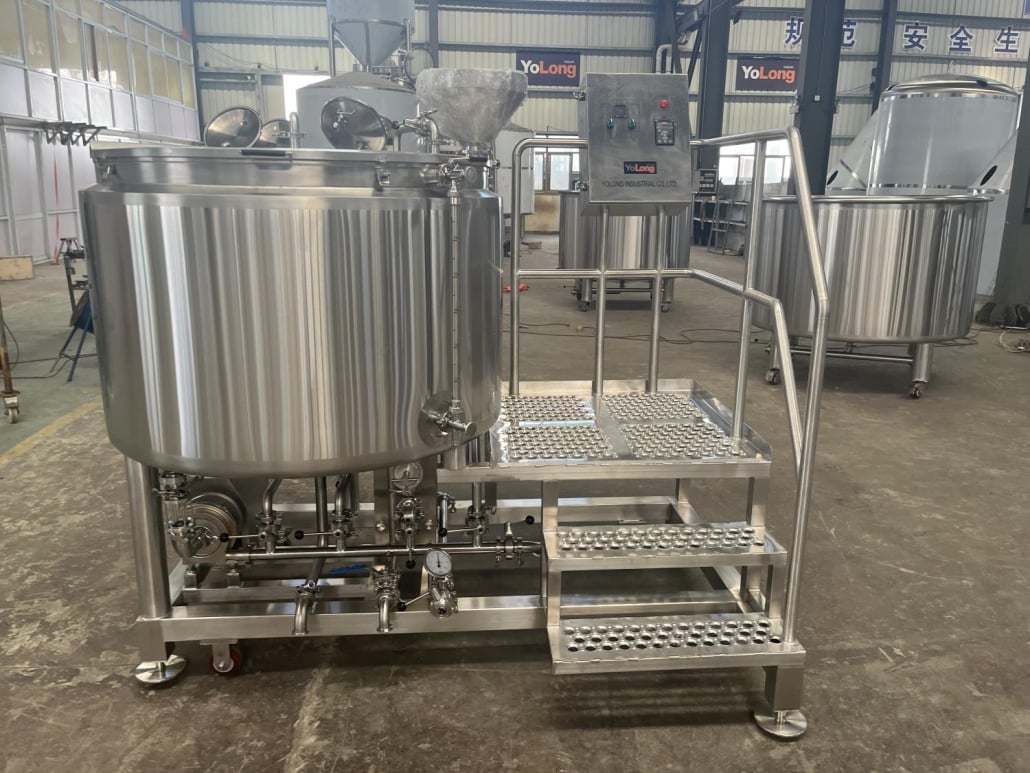
Basic Equipment Required for Home Brewing
To start brewing beer at home, you’ll need a few essential pieces of equipment. Investing in the right tools ensures a smoother brewing process and better beer quality.
- Brew Kettle – The heart of the brewing process, where ingredients are boiled to extract flavors.
- Fermenter – A container (glass or plastic) where the yeast works its magic, converting sugar into alcohol.
- Airlock & Stopper – Prevents contamination while allowing CO2 to escape.
- Hydrometer – Measures the sugar content and helps monitor fermentation progress.
- Siphon & Tubing – Used to transfer beer between containers with minimal oxygen exposure.
- Sanitizing Solution – Prevents bacteria from ruining your batch.
- Bottles & Caps – Necessary for storing your finished beer.
- Capper – Used to securely seal bottles.
- Thermometer – Ensures the correct temperature is maintained during brewing.
- Stir Spoon – A long spoon to mix ingredients thoroughly.
Each piece of equipment plays a crucial role in the brewing process, ensuring consistency and quality in your homemade beer.
How to Choose Suitable Home Brewing Equipment
Selecting the best home brewing equipment depends on several factors, including batch size, budget, and experience level. Here’s what you need to consider:
- Batch Size – Beginners often start with a 1-gallon or 5-gallon batch. Larger batches require bigger kettles and fermenters.
- Material – Stainless steel kettles are more durable and easier to clean than aluminum.
- Ease of Use – Look for beginner-friendly kits with detailed instructions.
- Expansion Potential – If you plan to brew more frequently, consider upgrading to advanced setups with automated temperature control.
- Budget – Basic kits start at around $50, while more advanced setups can range from $200 to over $1,000.
Investing in high-quality equipment ensures a smoother brewing experience and better beer flavor.
Step-by-Step Home Brewing Process
The home brewing process consists of several stages, each requiring attention to detail for the best results.
- Preparation – Gather all equipment, sanitize everything, and measure ingredients.
- Mashing – Heat grains in water to extract fermentable sugars.
- Boiling – Add hops and other flavoring ingredients to the wort (unfermented beer).
- Cooling – Rapidly cool the wort using an immersion chiller or ice bath.
- Fermentation – Transfer the cooled wort into a fermenter, add yeast, and seal with an airlock.
- Conditioning – Let the beer ferment for 1-2 weeks at the recommended temperature.
- Bottling – Transfer beer into bottles, add priming sugar, and cap securely.
- Carbonation & Aging – Store bottles at room temperature for 2 weeks to allow natural carbonation.
- Enjoy! – Chill your beer and savor the fruits of your labor.
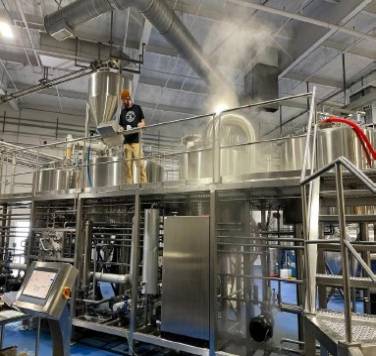
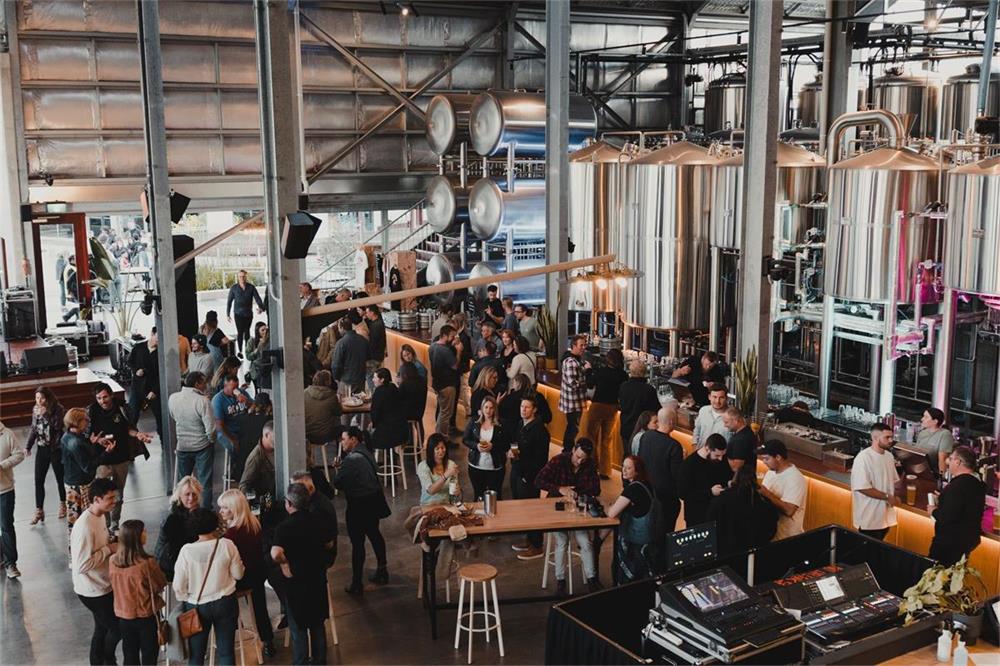
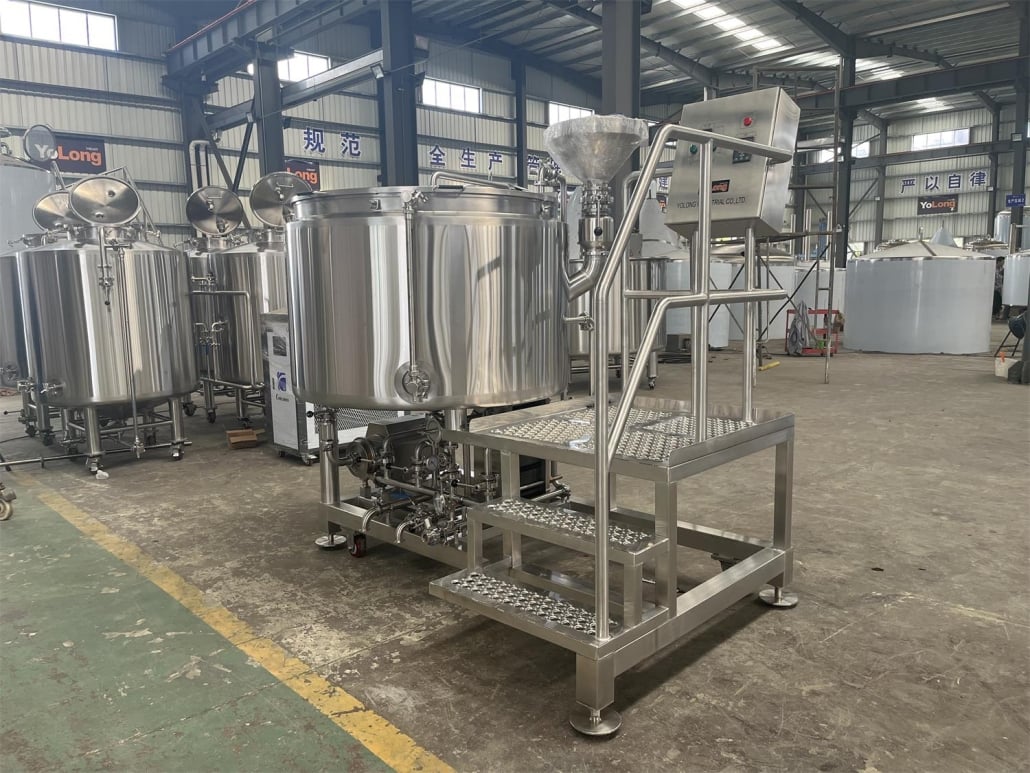
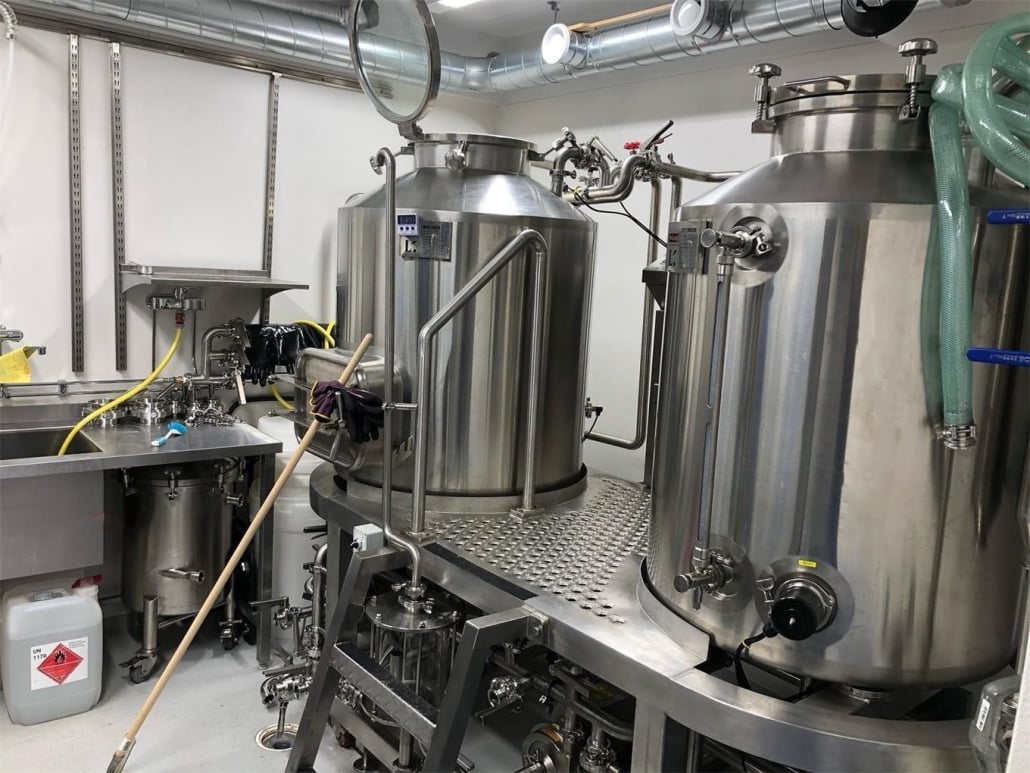
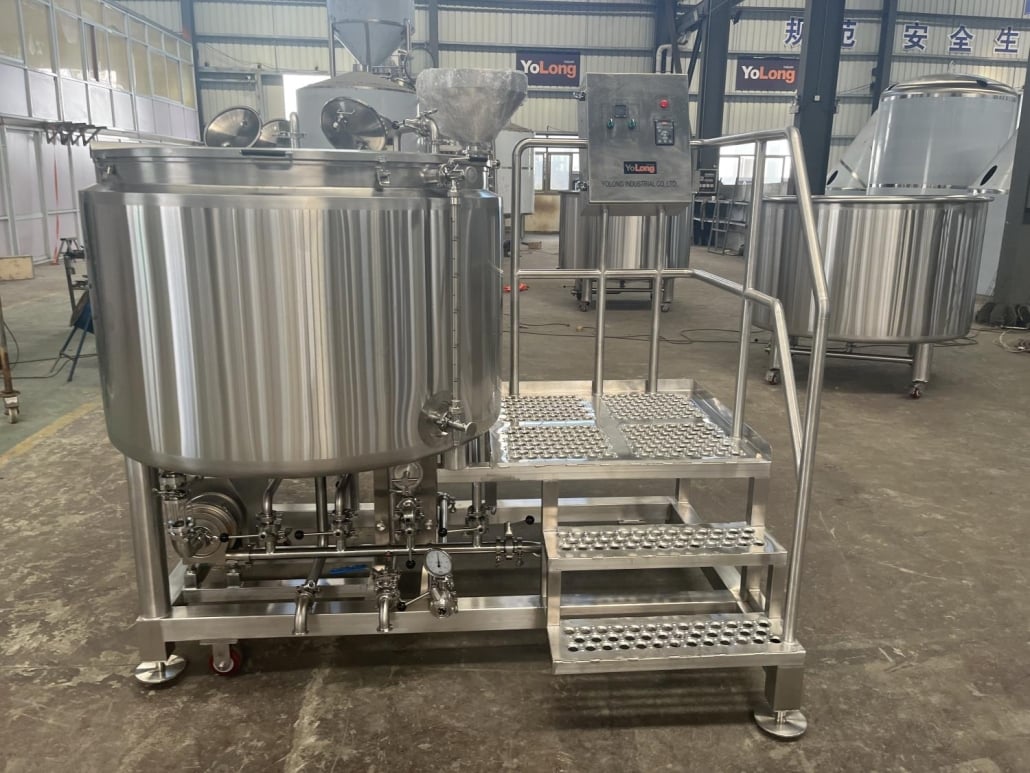

Comparison of Top Home Brewing Equipment Brands
| Brand | Best For | Price Range | Key Features |
|---|---|---|---|
| Northern Brewer | Beginners | $100 – $300 | Comprehensive starter kits, quality ingredients |
| Grainfather | Advanced Brewers | $800 – $1,500 | All-in-one automated brewing systems |
| BrewDemon | Small Batch Brewers | $50 – $150 | Simple fermentation kits with pre-measured ingredients |
| Blichmann | Professional Setup | $1,000+ | High-end stainless steel equipment with precision control |
| Mr. Beer | Budget Brewers | $40 – $100 | Easy-to-use kits for first-time brewers |
Each brand offers unique advantages, making it essential to choose based on your brewing goals and budget.
Common Home Brewing Mistakes & How to Fix Them
Even experienced brewers make mistakes. Here are common issues and their solutions:
- Poor Sanitization – Always sanitize your equipment to avoid contamination.
- Incorrect Fermentation Temperature – Use a thermometer and keep your fermenter in a stable environment.
- Not Enough Carbonation – Ensure you add the right amount of priming sugar before bottling.
- Over-foaming Beer – Pour slowly and use a tilted glass to prevent excessive foam.
- Off-Flavors – This can result from old ingredients, contamination, or improper fermentation.
By troubleshooting these issues early, you’ll improve the quality and consistency of your homebrew.
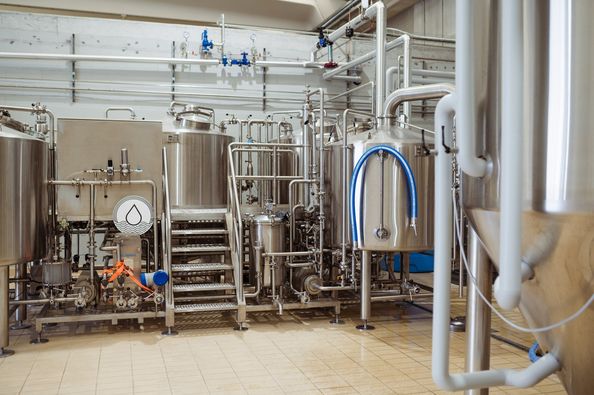
FAQ
| Question | Answer |
|---|---|
| What is the best beginner home brewing kit? | Northern Brewer and Mr. Beer kits are great options for beginners. |
| How much does home brewing equipment cost? | Basic kits start at $50, while advanced setups can exceed $1,000. |
| How long does home brewing take? | The entire process takes about 4-6 weeks, including fermentation and carbonation. |
| Can I use regular kitchen pots for brewing? | Yes, but a dedicated brew kettle is recommended for better temperature control. |
| Do I need a special space for brewing? | No, but a well-ventilated, clean space is ideal. A kitchen or garage works well. |
| Is home brewing legal? | Yes, in most places, but check your local laws regarding home alcohol production. |
| How do I store homebrew beer? | Store in a dark, cool place at 50-55°F for best results. |
Share this entry
Interested in learning more about Brewing Systems including additional details and pricing information? Please use the form below to contact us!
YOLONG BREWERY EQUIPMENT FAQS
- Commercial Brewery / Craft Brewery / Microbrewery / Nanobrewery
- What is The Difference Between Craft Beer and Industrial Beer?
- The Bespoke Differences In Custom Brewing Systems
- Everything You Need to Know About Kettle Souring
- How to Choose Brewing Equipment for Your business?
- How To Choose The-Best Partner To Build Your Commercial Microbrewing System?
- Two Detection Sensors That You Need To Use In Your Brewhouse System
- Remote Control Applications in Brewing Equipment/How does it work?
- How To Clean Your Brand New Brewery Tanks?

